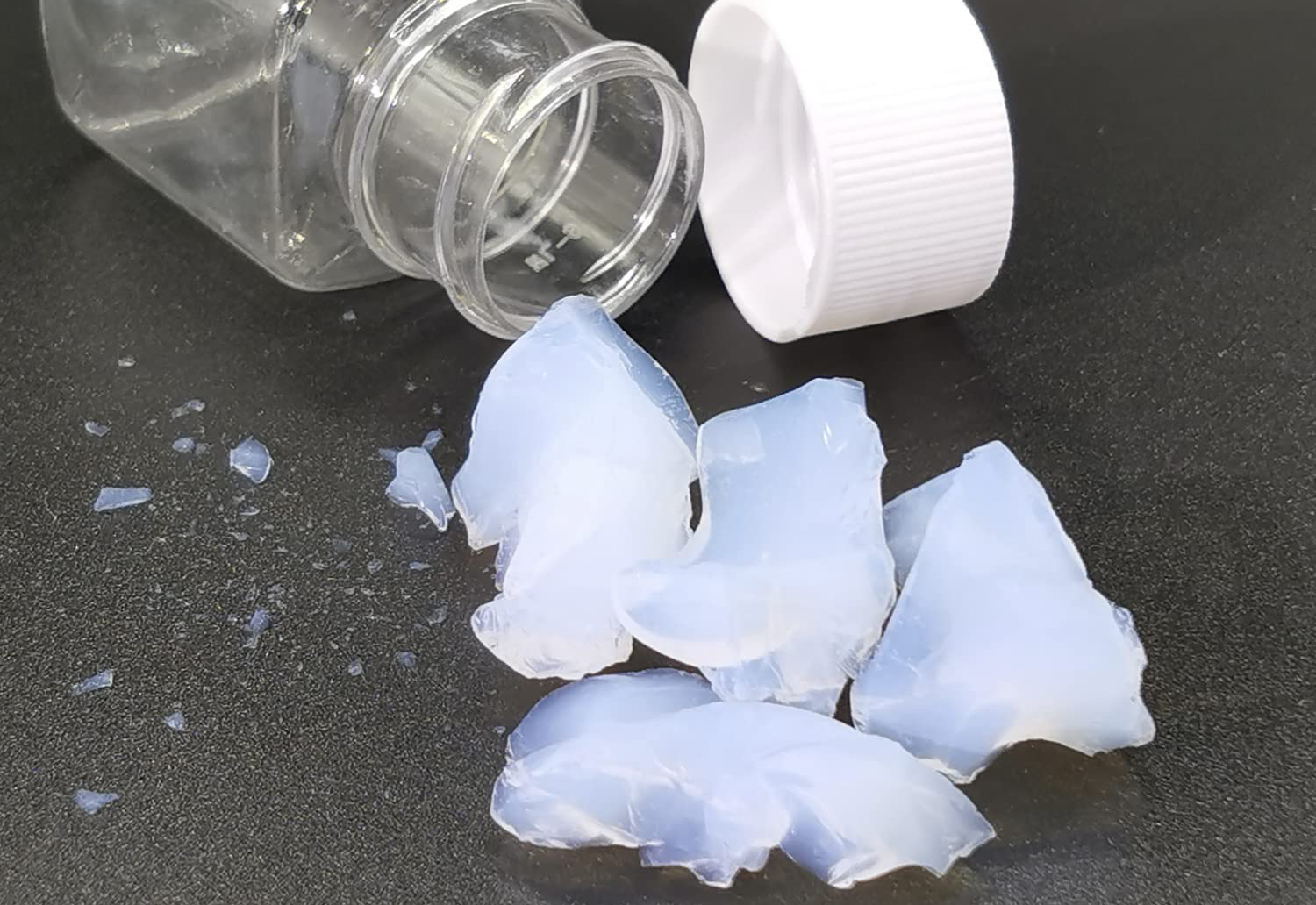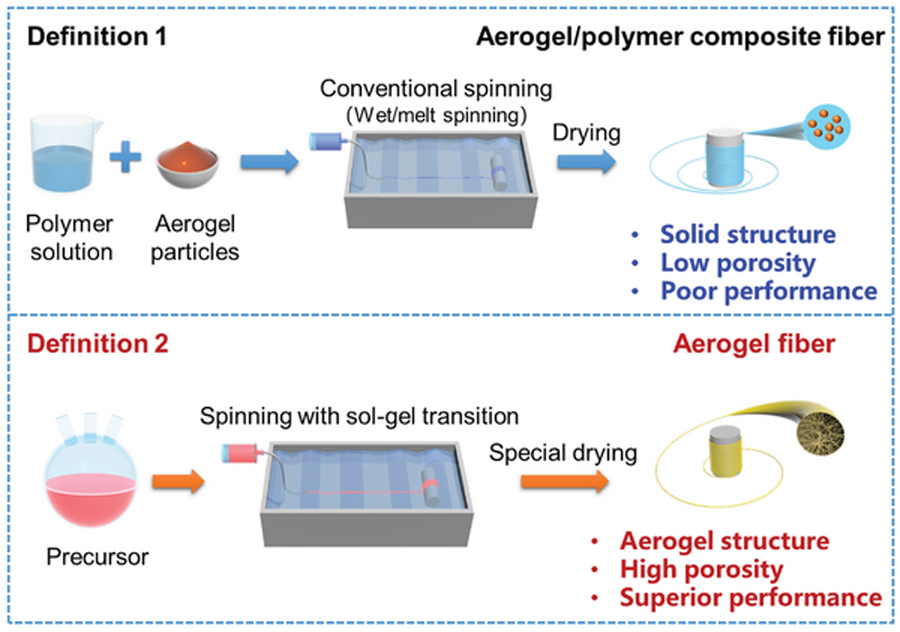Aerogel, often referred to as “frozen smoke,” is an incredibly lightweight material with a range of impressive properties.
Benefits of Aerogel
1.Lightweight: Aerogel is extremely light, often referred to as “frozen smoke.” They are some of the least dense solid materials known, with densities as low as 0.001 g/cm³, which makes them ideal for applications where weight is critical.
2. Thermal Insulation: Aerogel have excellent insulating properties. They are extremely effective at reducing heat transfer due to their structure, which traps air in tiny pockets. This makes them ideal for use in spacesuits, thermal insulation for buildings, and even for insulating materials in the aerospace industry.
3. High Surface Area: Aerogel have an extraordinarily high surface area, which makes them useful for applications like catalysis, filtration, and energy storage. The high surface area allows them to interact with gases, liquids, or other materials more efficiently.
4. Transparency: Some types of aerogel can be made transparent, which makes them useful in applications where you need both insulation and light transmission, such as in windows for energy-efficient buildings or in optical instruments.

5. Strength-to-Weight Ratio: Although aerogel is incredibly lightweight, they can also be very strong for their weight. This makes them suitable for use in aerospace, where both strength and low weight are crucial.
6. Soundproofing: Aerogel is also effective at sound insulation, which can be useful in controlling noise in various environments, from construction materials to aerospace and automotive industries.
7. Versatility: Aerogel can be made from various materials, including silica, carbon, and polymers, giving them a broad range of applications in different industries, including construction, medicine, space exploration, and environmental cleanup.
8. Environmental Impact: Because aerogel is often made from silica or other materials that are more abundant and less toxic, they can have a lower environmental impact compared to other insulation materials, especially if manufactured with sustainable methods.
Are you thinking of using aerogel for a specific project or just curious about its uses?
Adverse effects of Aerogel
Aerogel, especially silica aerogel, are generally considered to be safe for most applications, but like any material, they can have some potential adverse effects depending on the context and exposure. Here are a few concerns:
1. Respiratory Issues: Silica aerogel is made from silica, and when they are in powder form or become broken into fine particles, inhaling these particles can cause respiratory irritation. Prolonged inhalation of silica dust can lead to more serious health issues, including respiratory diseases like silicosis.
2. Skin Irritation: Silica aerogel in its solid form is not typically harmful, but when it’s in a powdered state, it can cause skin irritation or dryness due to its very fine particles. It’s important to handle the material with gloves to avoid direct contact with the skin.
3. Fragility: Aerogel is incredibly lightweight but also extremely fragile. They can break easily, and in certain situations, broken pieces could pose a sharp object hazard, though this is more of a physical risk than a chemical one.

4. Toxicity of Certain Aerogels: While silica aerogel is generally safe, there are other types of aerogel made from different materials (e.g., polymer-based aerogels) that could have toxicity concerns depending on their chemical composition. For example, some aerogels may contain additives or solvents that can be harmful if inhaled, ingested, or absorbed through the skin.
5. Environmental Impact: Manufacturing aerogel, especially when using solvents, can be energy-intensive and involve potentially harmful chemicals. However, this is more of a concern during the production process than in the use of the material itself.
To minimize these risks, handling aerogel with appropriate safety gear (such as gloves, masks, and eye protection) is recommended, especially when working with aerogels in powdered form or during their fabrication.
